After several gruelling decades working in the oil industry, retirement was too easy for Dundonian Ian Campbell.
A lifelong traveller, he started to spend his time in between trips with his wife browsing the local archives.
The search for authentic information on his family history had begun.
One year and a few hundred pages later, his debut novel “The Crescent” was published on Amazon.
Now a series, these novels about Dundee’s history have become more than just an opportunity for people to reminisce.
Ian has now been reunited with his long-lost family who read the novel and realised who he was.
As the sequel releases across the city, Ian tells us another amazing story.
Ian said: “We had a mountain of information on family research that my wife and I had found about 7 years ago while we were travelling in Australia.
“My wife Liz did a search through the newspapers on one of my relatives, Mary-Ann Murphy.
“Every day I’d come home from work and my wife had printed out something new about Mary-Ann.
“It was getting more and more interesting – it was like EastEnders!”
Ian started writing the first book about Mary-Ann’s family, his relatives, during the first Covid lockdown in 2020.
His family lived in an area of Dundee called ‘The Crescent’ in the 1920s.
Simply called ‘the Crescent’, it was so known throughout Dundee due to its proximity to the busy Dudhope Crescent Road.
Many locals like Ian’s family found employment in the jute mills during the 20s and 30s.
It was a hard life, with unstable working conditions and low income.
The government at the time concentrated their efforts in transferring the jute industry back to India.
This sent thousands of Dundonians into extreme poverty as they weren’t given a living wage.
Ian added: “I started the book about Mary-Ann on Halloween 2020.
“By the following February it was finished.
“Then I realised I wasn’t finished.
“We had a lot more materials that I thought would be of interest.
“The End of the Crescent picks up the story where the first book ends, and continues through to the end of the Second World War.”
The Second World War, from 1939 – 1945, saw the rise of fascists in Europe which changed the lives of those living in Great Britain forever.
Dundee was no exception.
The sequel follows the characters who lived in Dundee in the lead up to the Second World War and includes the recruiting of young Dundonians into the Black Watch.
It also includes the battle of Dunkirk, and the scandal of the abandonment of twenty thousand highlanders in St. Valery.
Research for the ‘The End of the Crescent’ came from Dundee’s reference libraries on the life of the mothers and families who stayed in Dundee.
Ian also consulted The Courier for information on the building of air raid shelters and the defence measures of the city.
Memory lane
What was it about The Crescent that resonated with enough readers to warrant a sequel?
Ian said: “The book is set in lost Dundee.
“It brings people back to those days of true hardship and poverty, when the Dundee people stood up to the jute barons and political elite and earned a living on the breadline in spite of them.
“Many people like to reminisce about what old Dundee was like. And I think that’s what the book does; it creates a conversation about what Dundee used to be like.
“It’s still in the minds of people who remember the war, and the post-war ways.
“A lot of these daily visions have gone but they’re still in your mind. We remember them. The photographs exist.
“I talk about the Hilltown and getting there from the Wellgate and that’s brought back a lot of memories for people who are my age.
“I’ve never had people complain that I’ve ever got it wrong – I think the accuracy is what people like so much because it genuinely is real memories.
“90% of what’s in the book is true, there were gaps we had to fill in but the rest was viable.”
But Ian never expected the books to be as popular as they are.
He added: “I thought they were going be a bore for everyone who wasn’t related to me or from the Crescent.
“But comments started popping up on Dundee memory groups and it snowballed from there.
“I think we’ve sold over a thousand copies now!”
Family tree
The book has been a success on more than just a commercial level.
A few months ago Ian was contacted by a woman who believed they were related.
He said: “I have an author’s page on Facebook and a woman called Lynn Spencer sent the page a quick message.
“She said, ‘I believe you’re writing about our family, and my mother Theresa would like to speak to you’.
“I got her number and gave her a ring, and true enough, Theresa was the granddaughter of Mary-Ann!”
“She told me where she lived in Dundee and we drove to meet her.
“I recognised her straight away.”
Ian realised he had attended Theresa’s wedding when he was a small child.
Theresa married in 1959 and left Dundee with her husband Joe when he joined the RAF.
Ian added: “We’ve found so many other relatives from the books thanks to Theresa’s knowledge.
“We had a great family reunion recently, and now my 3 kids are all speaking to Theresa’s daughters.”
When asked what’s next, Ian said, “The story is not over. There seems to be a love for the characters of The Crescent.
“I have been in discussions about the creation of a stage play based on the books.
“Watch this space!”
- The Crescent and The End of The Crescent can both be purchased online from Amazon.
More like this
Meet the drunken Dundonians who were blacklisted from the city’s pubs
How Thomas The Tank Engine inspired US author to complete new novel on Tay Rail Bridge disaster
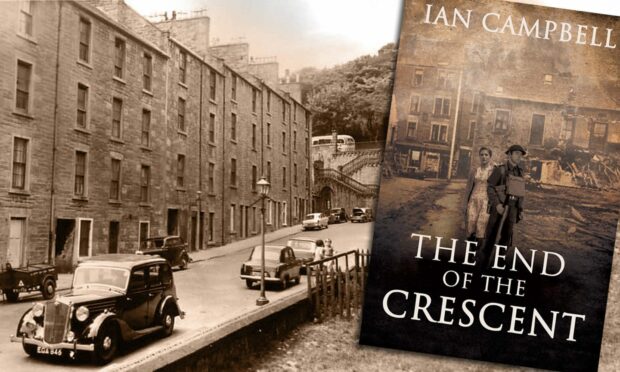
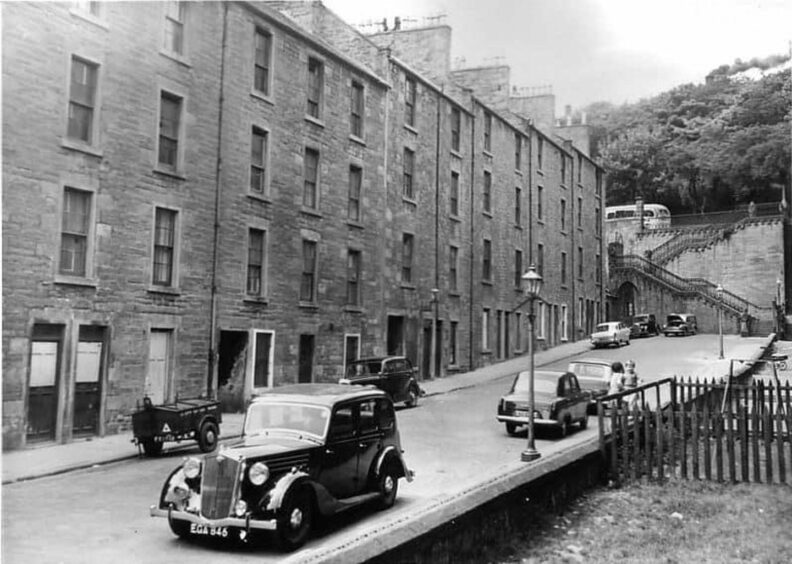
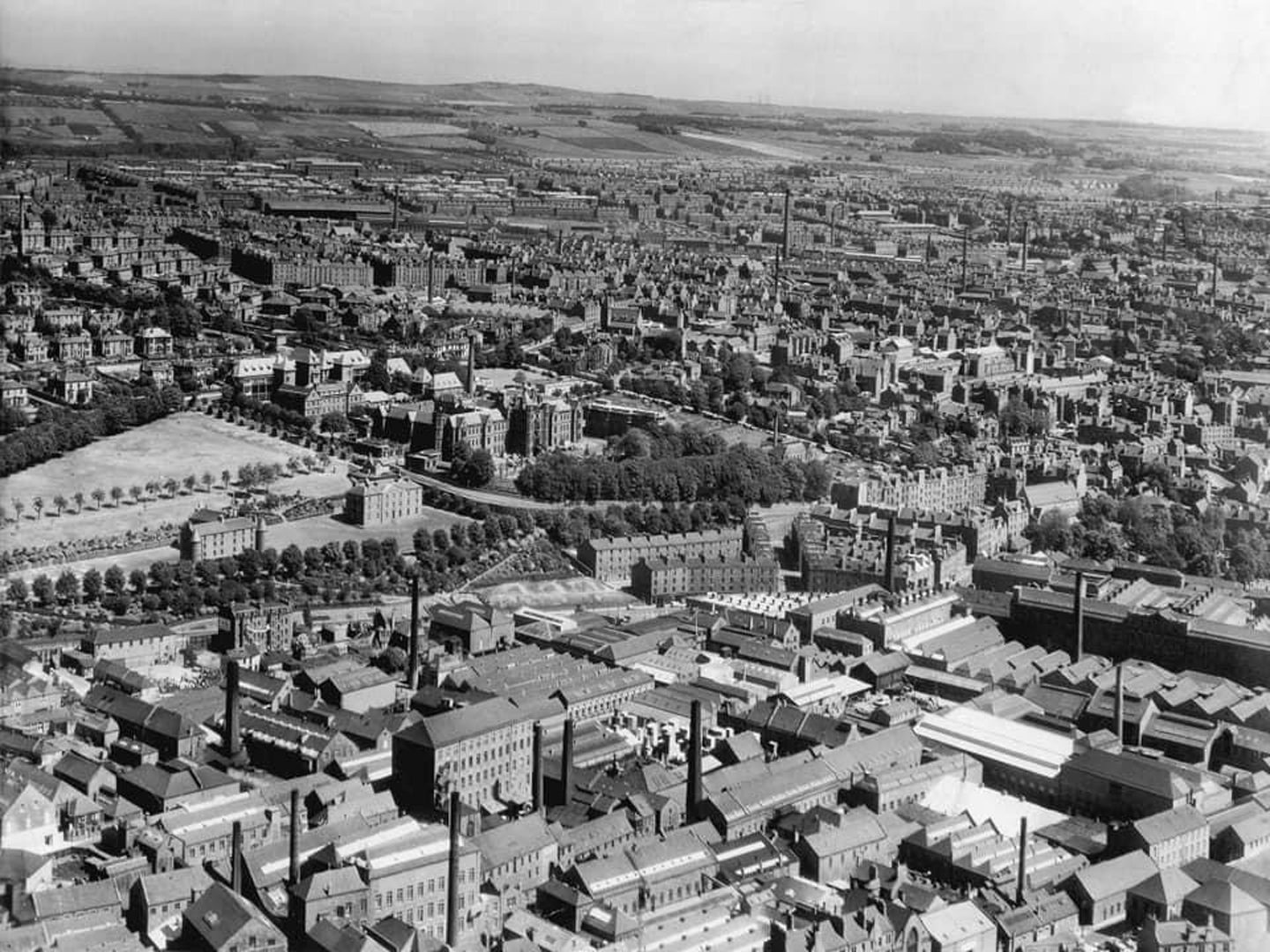
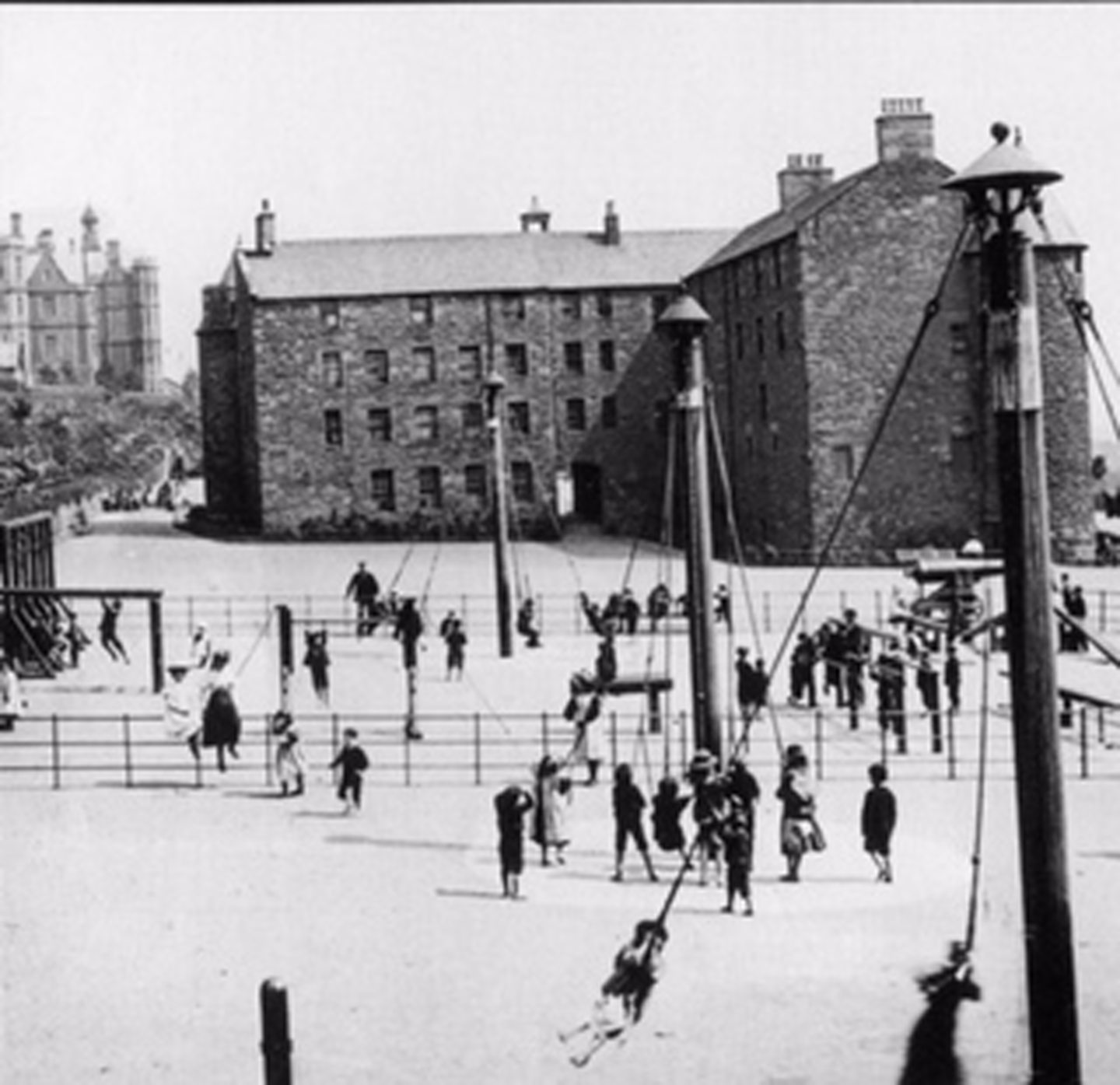
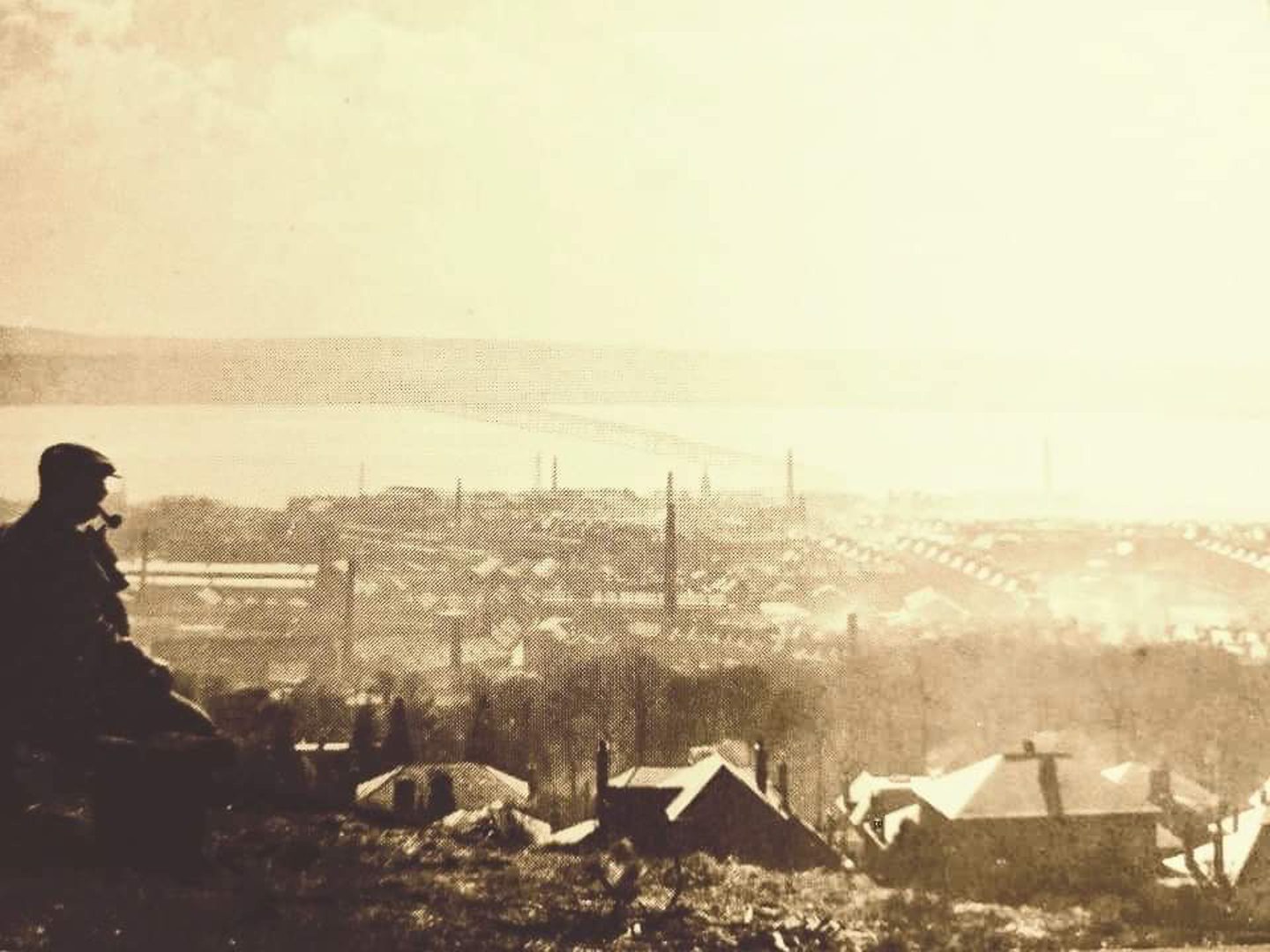
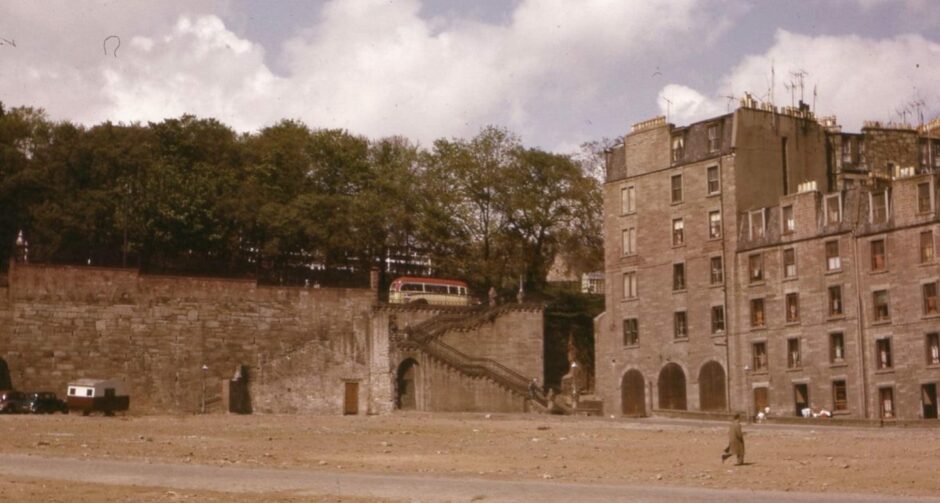
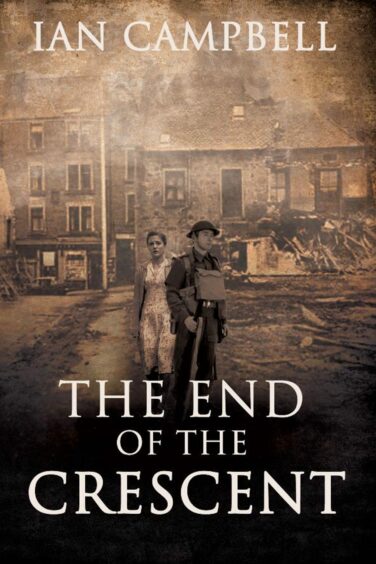
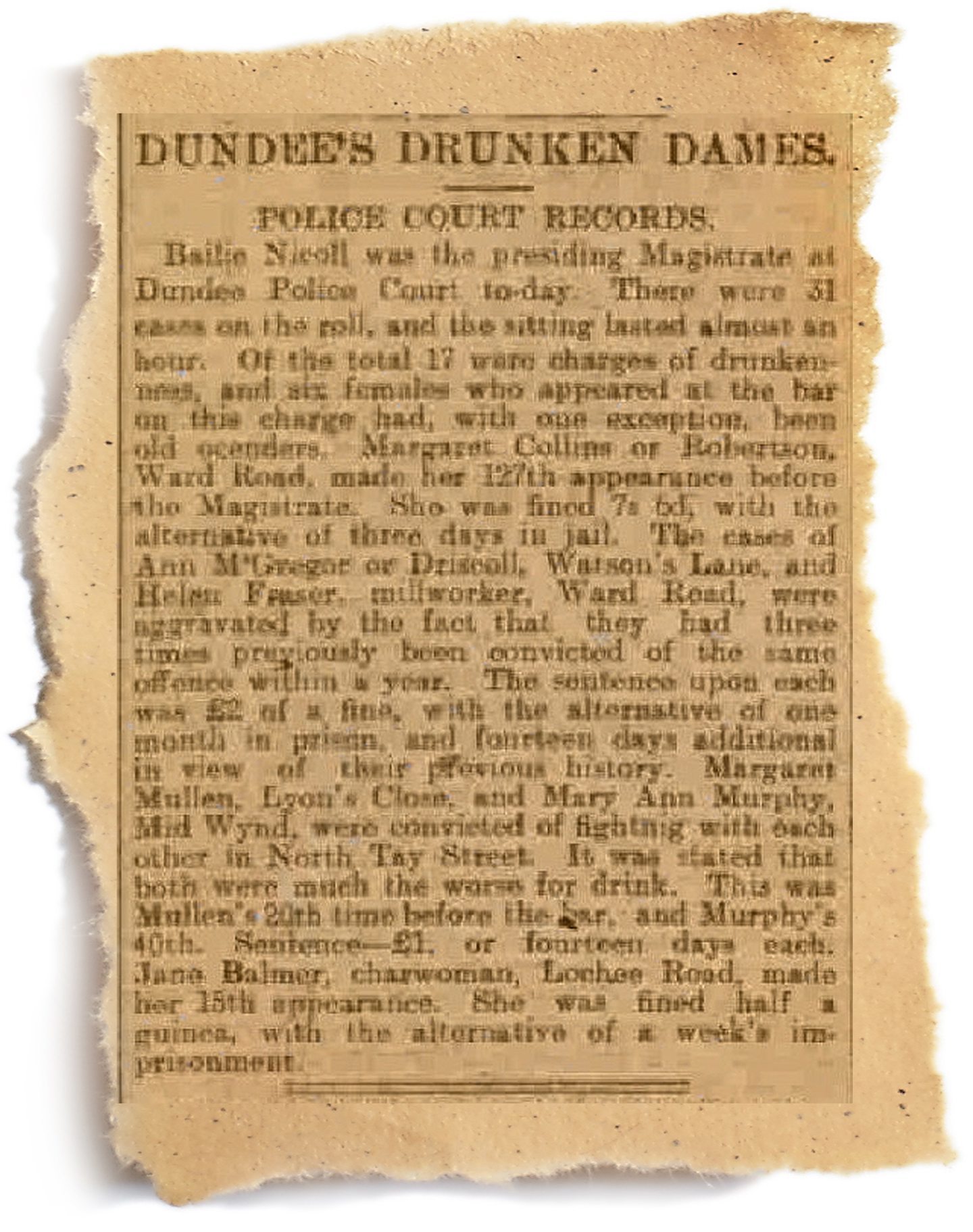
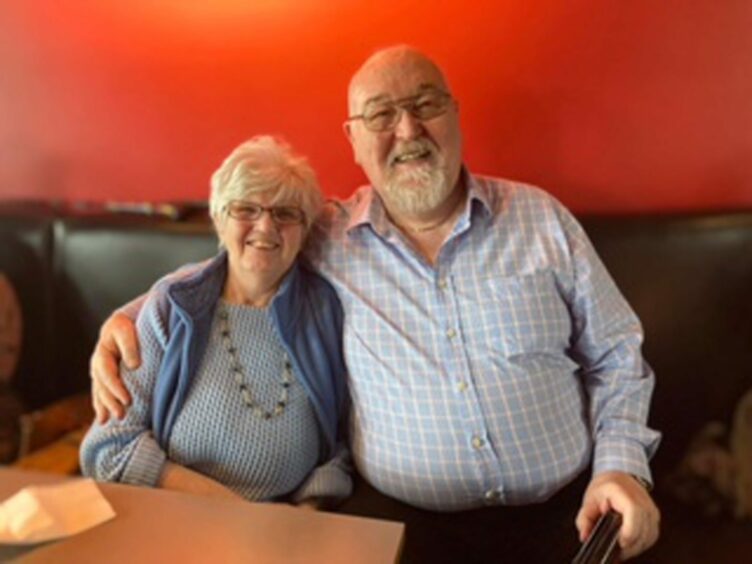
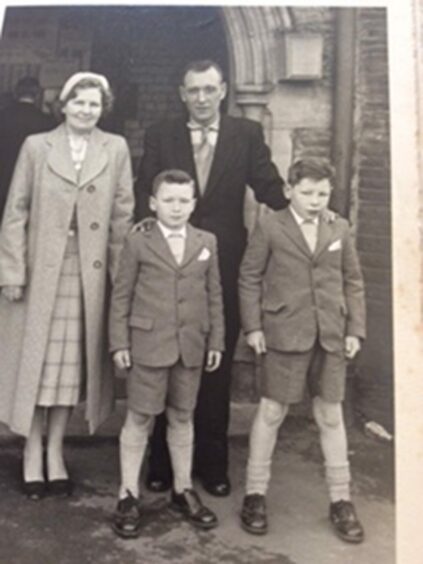










Conversation